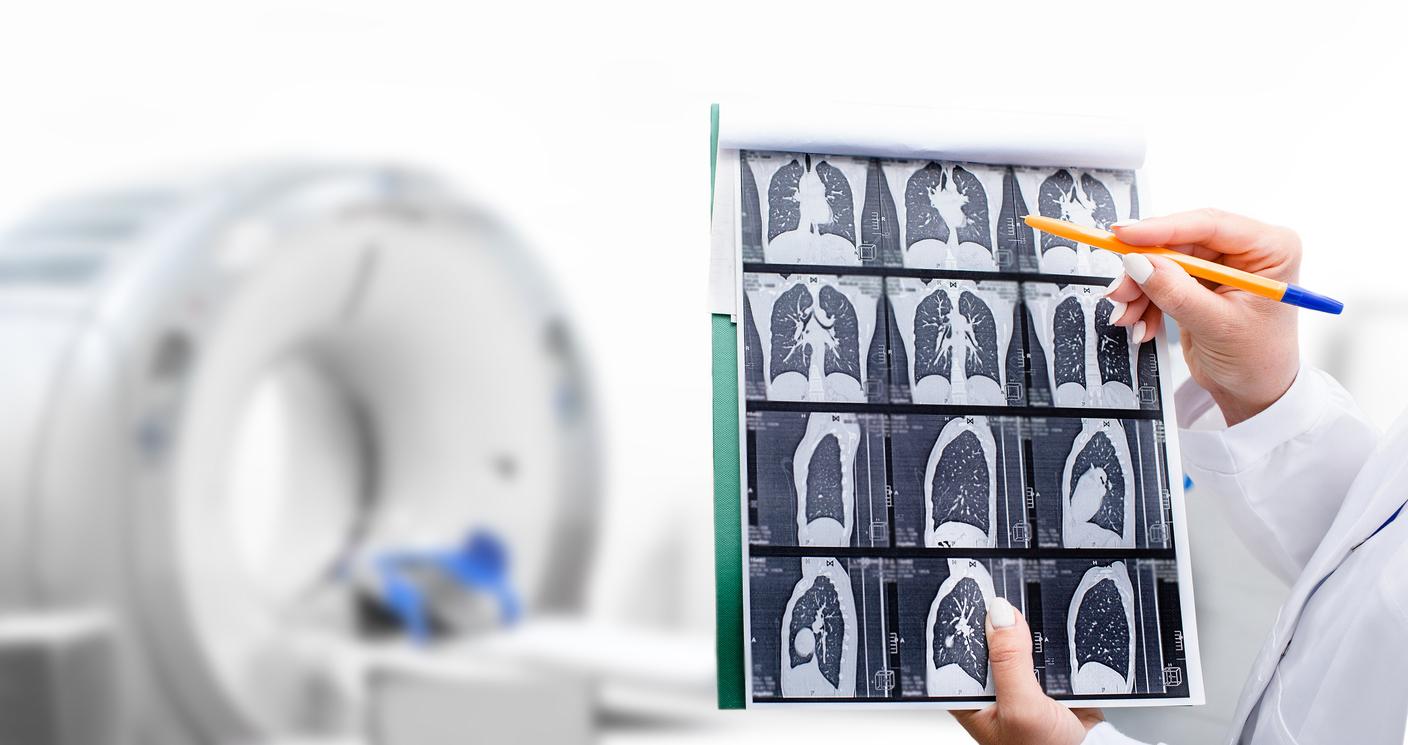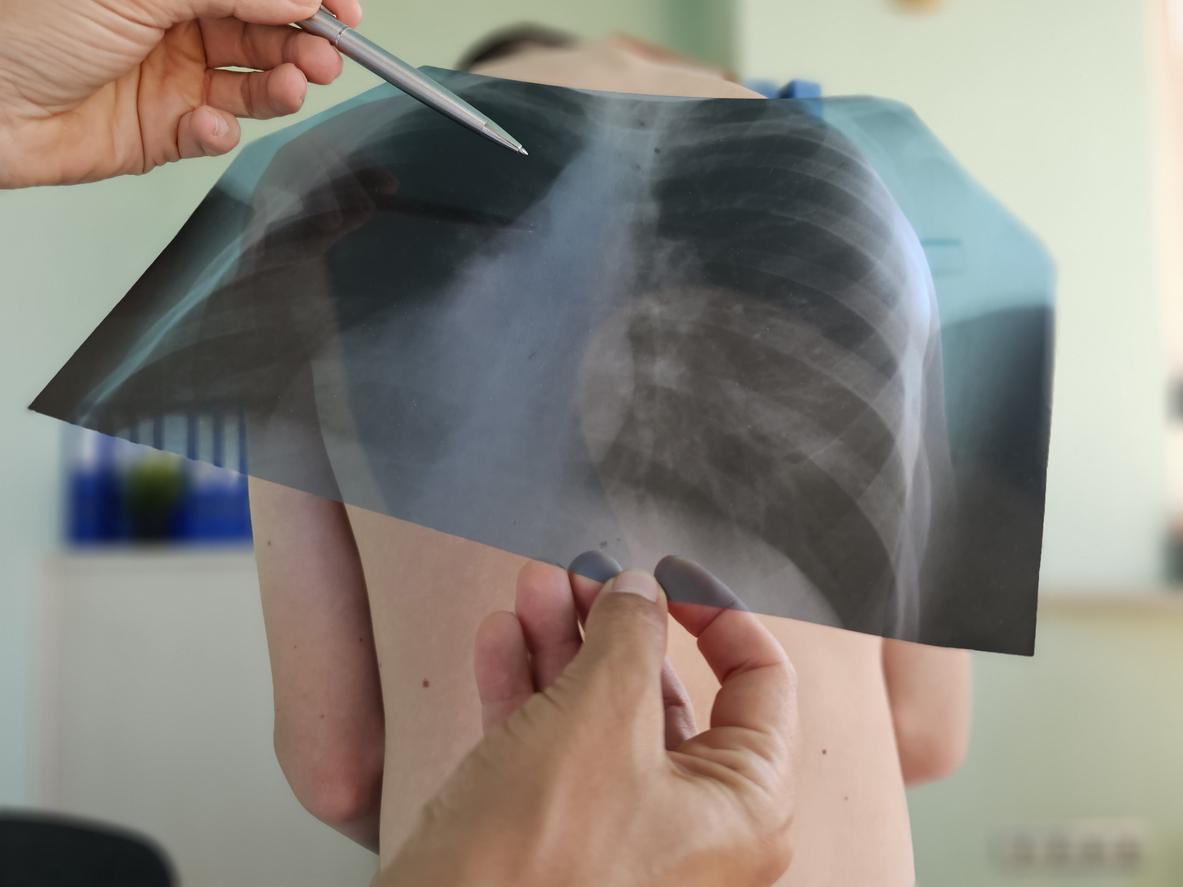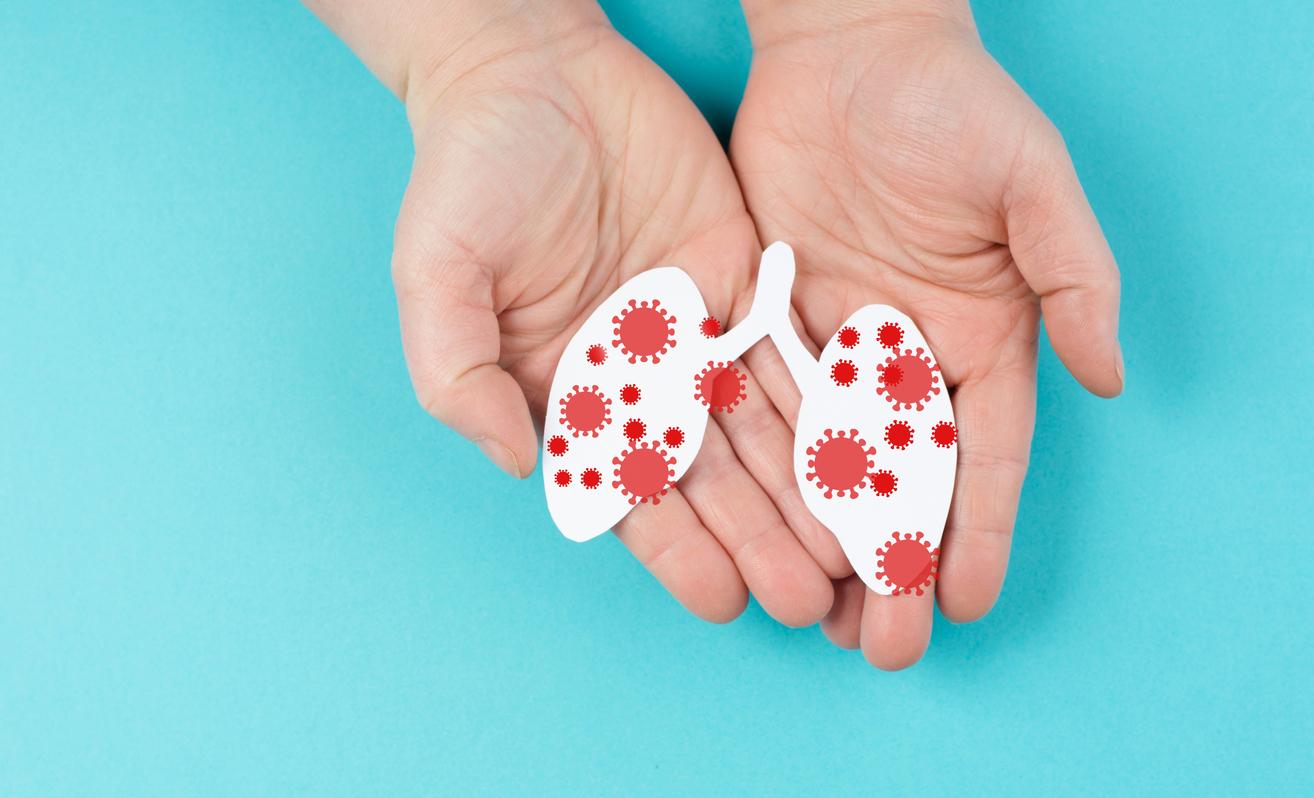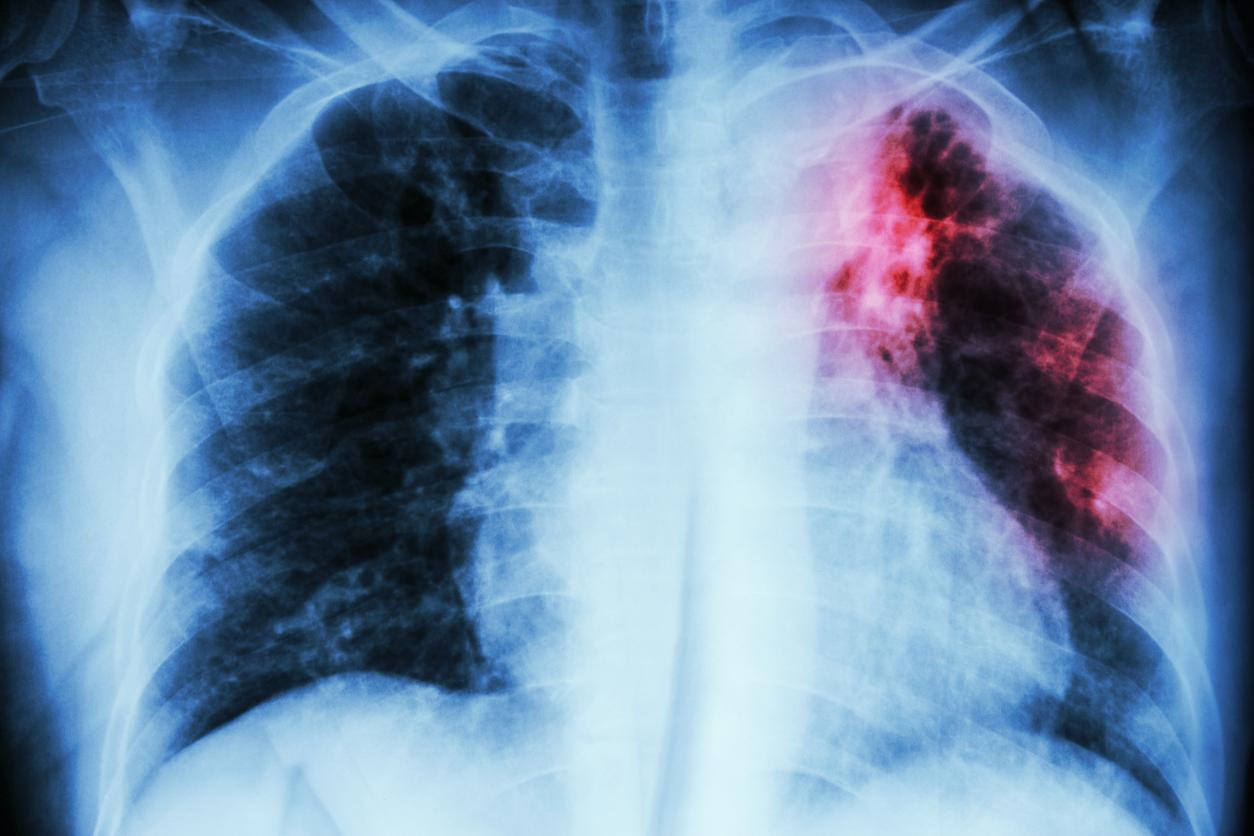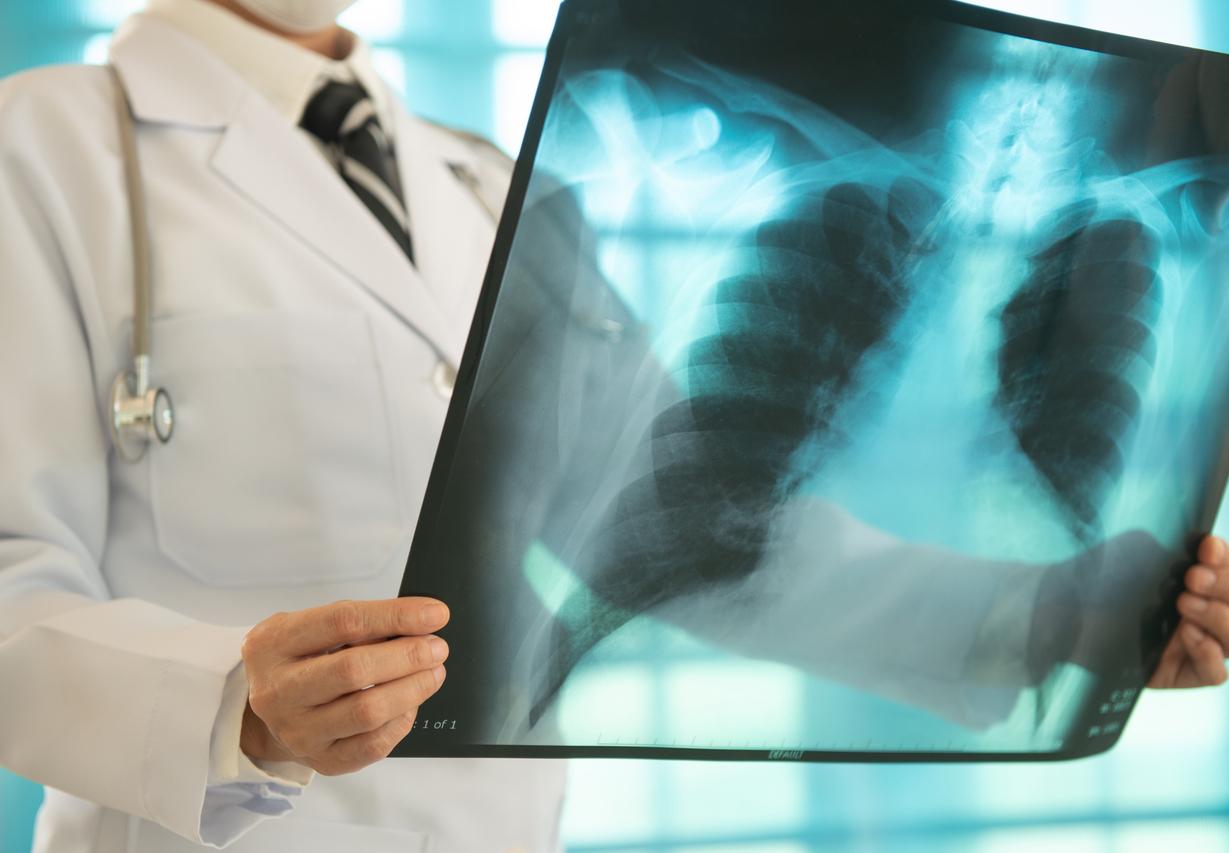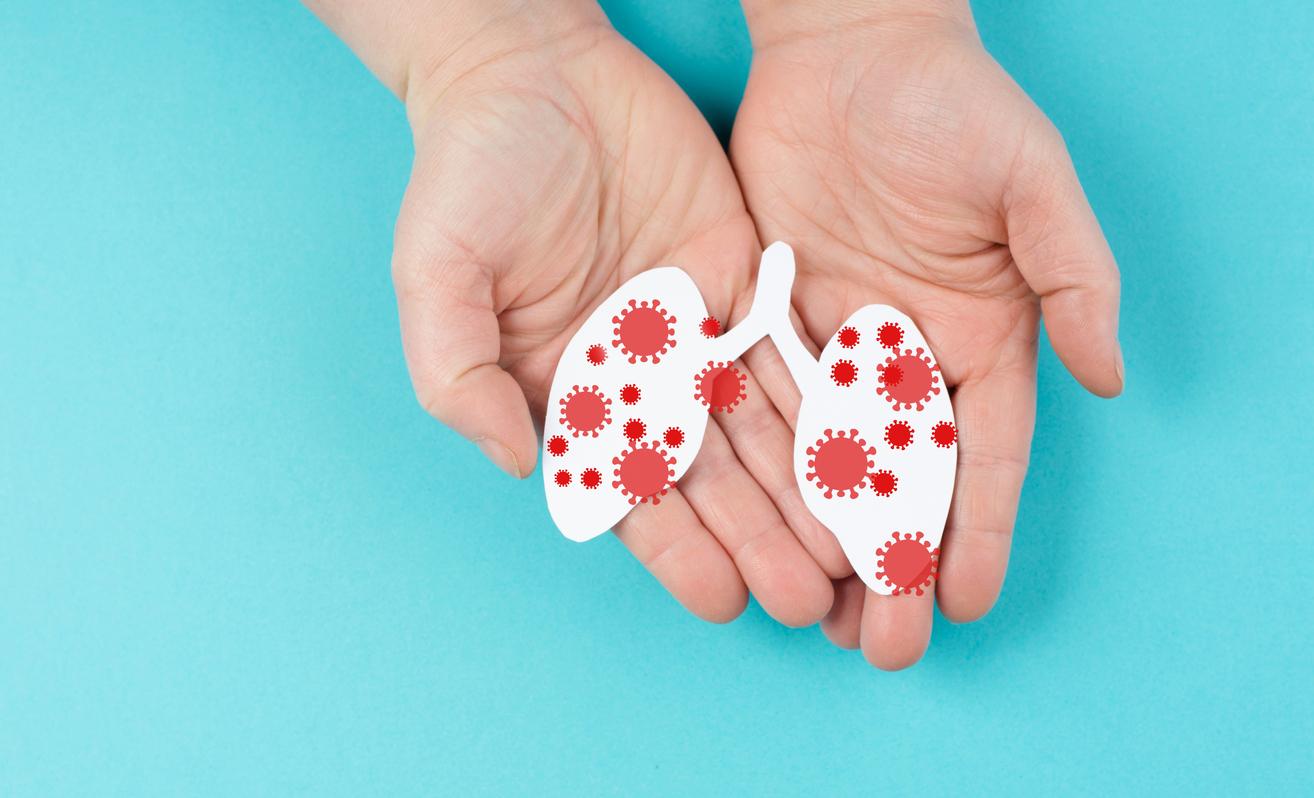
Tuberculosis (TB) mainly seems to be a disease of the past. But even today people are still infected with it. In rare cases, people even die from it.
Tuberculosis is abbreviated as TB and is also known as ‘the consumption’ or ‘white plague’. It is a serious, contagious infectious disease. In 1882 the cause of TB became known: a bacterium. Robert Koch called this bacterium Mycobacterium Tuberculosis.
Symptoms
TB is primarily a lung disease: 60 percent of TB patients have pulmonary tuberculosis. The symptoms of pulmonary tuberculosis include coughing (with blood), chest pain, weight loss, and night sweats.
When bacteria can be found in the sputum (that which you cough up), it is open pulmonary tuberculosis. This is very contagious. The bacteria can then easily infect other people. In addition to the lungs, the brain, glands, joints and bones are also sensitive to the TB bacteria.
Resistance
The TB bacterium has become less sensitive or even resistant to some drugs in recent years. This means that the bacteria no longer responds (well) to the antibiotics.
If a TB bacteria becomes resistant, it is usually the result of incorrect treatment or taking the medicines incorrectly. The degree of resistance determines whether the treatment needs to be adjusted.
Diagnostics
- The best known test is the Mantoux test. This involves injecting a small amount of proteins from the TB bacteria under the skin. If you have been infected in the past, you will react to these proteins. So you do not have to suffer from TB at that time. A red spot will form at the injection site when you react to the proteins.
- Other tests are, for example, an X-ray or a culture (of the sputum) in the lab.
Therapy
TB is treated with a combination of drugs. These are, for example, Isoniazid (INH), Rifampicin, Pyrazinamide and Ethambutol. The treatment lasts at least 6 months and usually takes place at home.
Not everyone who becomes infected with the TB bacteria will also get TB. To prevent TB, people who are infected can take preventive medicines. People who have a poor immune system (for example, due to AIDS) are more at risk of developing TB after being infected.







